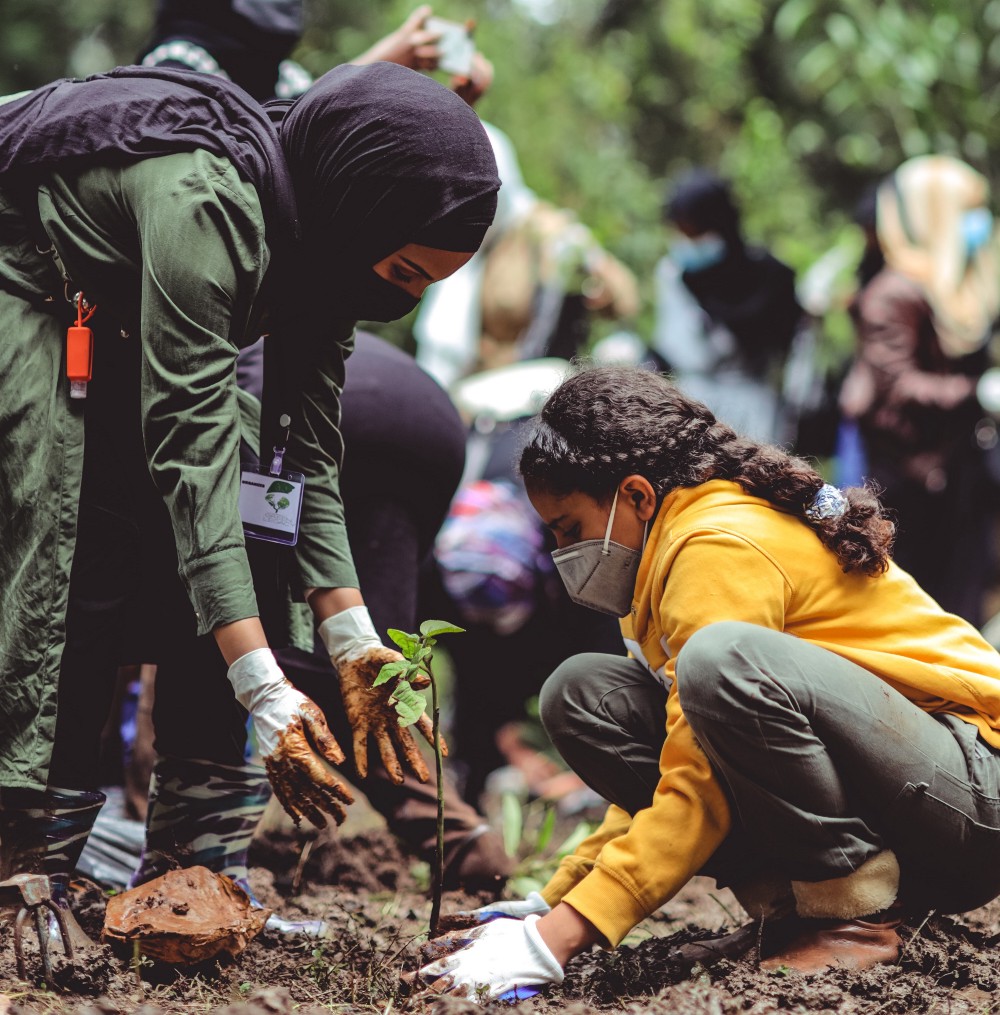The urban forestry field has long operated with limited means to deliver the benefits of forests to urban America. There is no lack of earnestness, passion and even transformative sophistication amongst people in the public, private and nonprofit sectors who work on urban forests. But they — myself included — rarely speak about how much investment is actually needed. Our field nurtures a living infrastructure that has long been seen by those who hold real power as deserving little more than scraps when they’re available.
Just about every city forester in the United States has complained at one point about not being invited to the real decision-making table for large projects or budgetary debates until it is too late. Too often they’re looped in at the end of the process, if at all, perhaps to select trees to be planted in little squares cut in concrete rather than to be part of the design from the start so they can lend their expertise to help trees thrive. Or maybe they get word secondhand that the city council has cut its budget again, due to competing priorities.
This dynamic is no longer sustainable. Princeton University’s Climate Central projects that, by 2100, Boston will have summers that feel like North Miami Beach and Seattle’s will feel like Los Angeles. We urgently need to slow climate change and urban forests are key to the solution. Urban trees currently store an estimated 852 million metric tons of carbon, valued at $160 billion. The climate and health research synthesized on Vibrant Cities Lab makes abundantly clear that as cities warm, urban tree canopy is rapidly emerging as critical, life-saving infrastructure. This is particularly true in socioeconomically disadvantaged neighborhoods that are least likely to have enough trees. Simply put, Tree Equity is defined as having enough trees so all people experience the health, economic, psychological and other benefits that trees provide.
Fortunately, those in power are starting to take notice asking urban forestry professionals from American Forests and elsewhere what needs to be done.

Most often, they want to know how many trees we really need and what can realistically be achieved by planting them. These questions motivated a new study, Climate Change and Urban Forests, American Forests developed with U.S. Forest Service Senior Scientist Dr. David Nowak. We looked at county-level data nationwide across different scenarios for both existing urbanized areas and the projected expansion of these areas by 2060. These scenarios include the climate, health and economic implications of current trajectories, what it would mean to hold the status quo and what it would take to achieve a relative but realistic increase in tree canopy by 10 percent.
Business as usual will require planting about 25 million trees every year just to stop the loss of trees, due to such things as huge storms and construction projects. Our study found we are currently losing two trees for every one that is established (i.e., planted or naturally regenerated), leading to a projected decline of more than eight percent tree canopy (from a national average coverage of 39.4 percent today to 31.1 percent in 2060).
However, the status quo will not be enough to meaningfully advance Tree Equity or slow climate change. We need to establish more trees in new, often dense and concrete-heavy, places where green space is limited. A modest 10 percent increase will require planting 31.4 million trees every year, by some estimates almost three times what is currently planted. It costs on average $283 just to plant and help establish a tree, not including concrete removal, permitting, community engagement and other expenses, which means we need at least $8.9 billion invested in urban forestry every year. That scale would also support more than 228,000 jobs and store almost a billion metric tons of carbon, positioning urban forests to significantly contribute to climate mitigation.
Those numbers are understandably intimidating to any urban forester working hard to increase annual planting by a few thousand trees, not to mention the reality that a vast majority of potential planting sites are on private land, beyond their direct reach. But this is the reality of our living and, too often, dying infrastructure.
Investing in tens of millions of trees a year is also the scale at which federal lawmakers are comfortable engaging. In both the previous and current Congress and Administrations, American Forests has found strong bipartisan support for urban and community forestry. Multi-billion-dollar legislation in the works could transform our field and begin cutting into this deficit in a major way.
While such federal investment is critical, it will not be enough. It can, however, send a strong signal that urban forests should be taken seriously by all. This could motivate the private sector to step up by supporting new financing models, such as City Forest Credits’ carbon+ credits, as well as making pledges to the 1t.org US Chapter. Their actions can encourage state legislatures and city councils to prioritize their urban forestry budgets and make the necessary investments to address the need to plant more trees and maintain the ones we already have.
It will take not only investments but a concerted effort to scale our field’s efforts to meet this need. American Forests has built a dynamic team and suite of tools to help, from Tree Equity Score and various action guides on Vibrant Cities Lab to helping career training programs align with federal standards and sector partnerships in order to build the workforce to meet this demand. This is urban forestry’s moment to turn the tide by protecting communities from the ravages of climate change and creating Tree Equity.